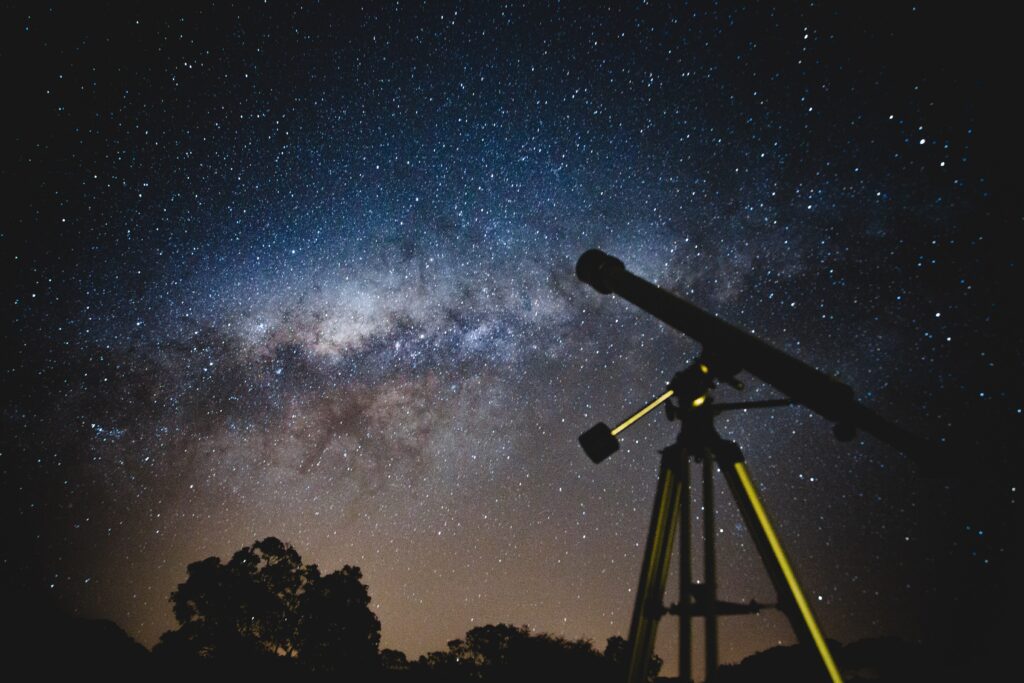After the two black holes immortalized in 2019, the EHT international telescope network begins observing and studying NRAO 530, a quasar more than 7 billion light-years away from Earth
Another notable milestone for EHT, which stands for Event Horizon Telescope, the international scientific collaboration, which in April 2019 gave us a chance to take a closer look at M87, the black hole in the galaxy Messier 87. According to a report in the Astrophysical Journal, the telescope network was able to photograph NRAO 530, a quasar about seven and a half billion light-years away from our planet, with a remarkable resolution.
No small accomplishment for the international Event Horizon network, which already in 2019, in addition to images of M87, was able to provide us with another critically important report on Sagittarius A, a presumed black hole located at the center of our galaxy. Thanks to the work done by EHT, it was possible, through the striking high-resolution images made, to determine the actual nature of Sagittarius A as an actual black hole.
The Event Horizon network of telescopes, despite having its own systems scattered around the world, is able to make a single virtual image, taking advantage of the different perspectives offered by its own means networked together. EHT’s radio telescopes total eight and range from the United States to Antarctica.
It makes one smile to think that, indeed, the observation of NRAO 530 is, for all intents and purposes, a fluke. “Actually the observation of the quasar NRAO 530 was not the main target of the Event Horizon. We studied it because we needed it to calibrate the instrumentation in order to observe the black hole Sagittarius A with better precision,” explains Rocco Lico, a researcher at the Istituto de Astrofisica de Andalucia in Spain.
“The NRAO 530 quasar has characteristics that make it perfect for performing a calibration: it is a compact source and does not have much temporal variability.”
While observing the quasar, the Event Horizon team was able to note its characteristics and found it to be very interesting, according to the researchers themselves. “Interesting substructures are present. In particular, the images we have obtained reveal the presence of a bright and compact region, the so-called ‘radio core’ of the source, from which a relativistic jet extends for about 60 micro-arcoseconds. Studying this phenomenon may enable us to better understand what the ‘engine’ of the quasar is and how it works.”
Photo : Pexels
Author: Alessandro Volpe
